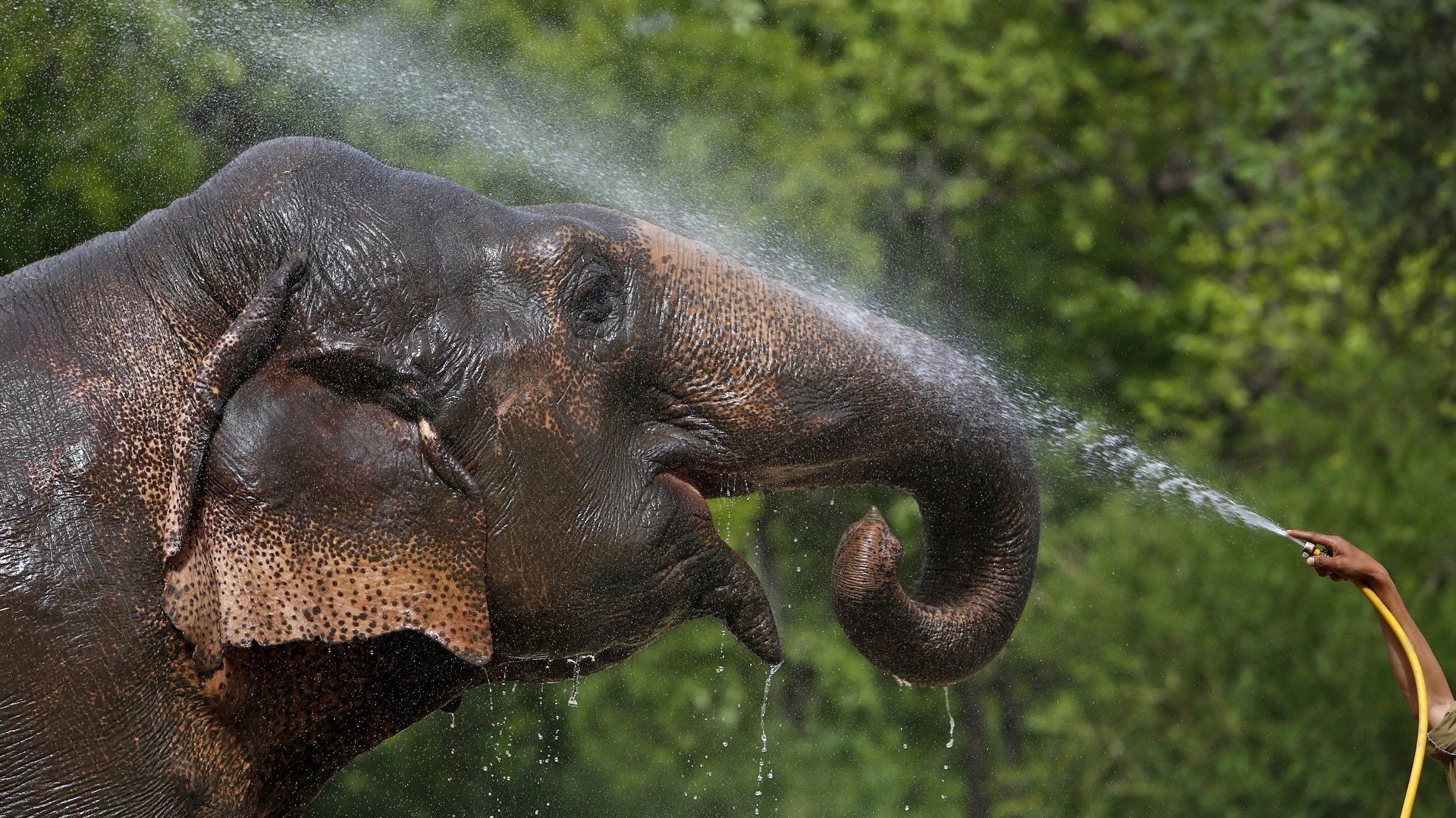It’s just April and the Indian summer is already sizzling—here’s why
The Indian summer is getting hotter.


The Indian summer is getting hotter.
Following an extended winter in parts of the country, the last week of March saw temperatures soar, with heat waves expected to intensify during the first week of April, according to the US-based forecaster AccuWeather.
On March 31, the India Meteorological Department (IMD), too, warned of “heat wave in many places and severe heat wave at isolated pockets” in the central state of Madhya Pradesh till April 04. Temperatures in most places in India have risen at least 3.1°C over normal levels, the IMD said. The highest (44.5°C) was recorded in Madhya Pradesh’s Khargone city on March 30.
Early summers
“Summer heat has arrived early the past few years across India,” said Adam Douty, senior meteorologist at AccuWeather. “Each year since 2016 there have been high temperatures in excess of 38°C in New Delhi (and in most of India) during the second half of March. We have to go back to 2015 before we see a year that was close to normal in terms of the start of summer heat.”
Comparisons over a longer timeline show that temperatures around this time of the year have been rising over the past century.
Worst-hit regions
Central India, especially Madhya Pradesh, has been warming up relatively more than other regions, said KJ Ramesh, director general of the IMD.
Southern India, which “has been drier than average since the monsoon last year,” could be worse off than the north, AccuWeather’s Douty said. “Due to dry soil, heat may be able to build to a higher level in this area.”
In light of the heat waves, the government in the southern state of Kerala, which was ravaged by massive floods less than a year ago, has ordered schools to discontinue any classes scheduled during the ongoing vacation period.
On the other hand, the IMD has warned of heavy rainfall and thunderstorms this week in the northeastern region, including the state of Nagaland, that was hit by floods around the same time as Kerala.
The Himalayan region in the north would be the only one untouched by excessive heating or humidity, according to AccuWeather. Though temperatures along the Indian coasts will also rise relatively slower, “because of the humidity, 34°C itself will give a feeling of 39-40°C,” Ramesh said.
These weather extremities will further intensify in the coming years, he added: “In winter, we are seeing lower and lower temperatures and early snowfall. In summer, we are seeing heat waves and also more intense thunderstorms.”